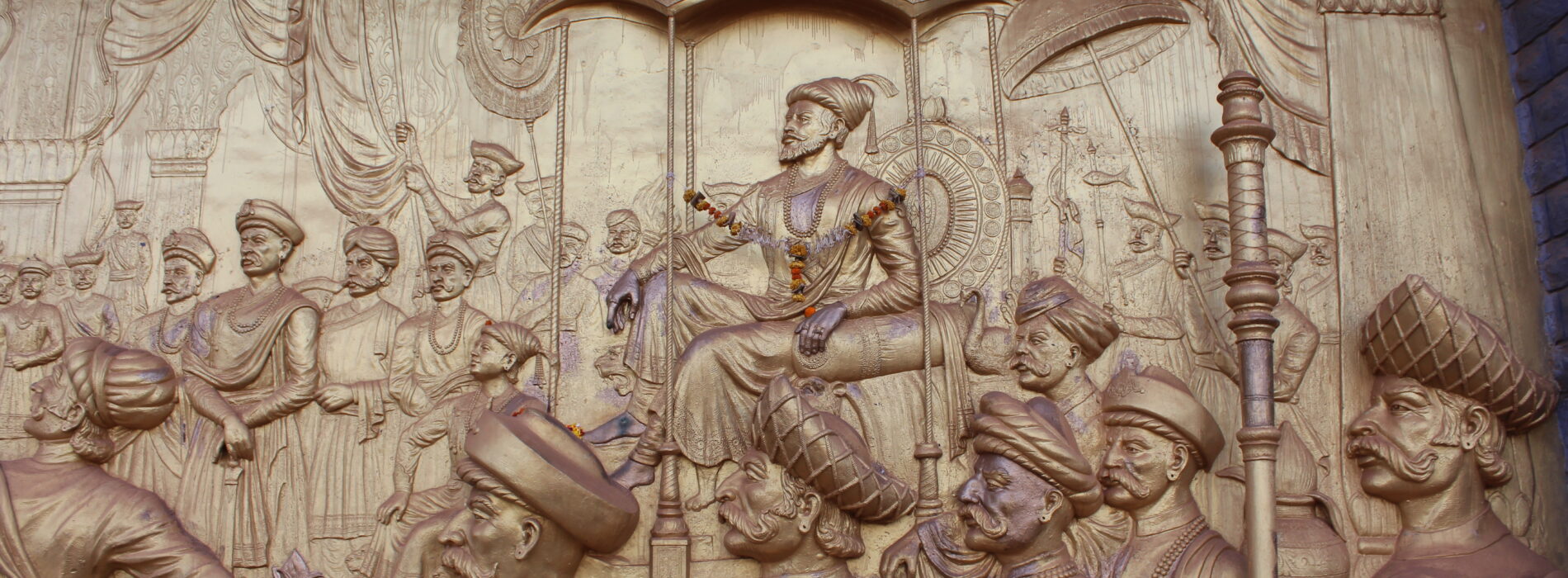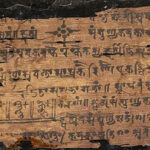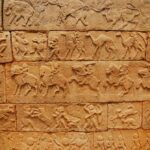Chhatrapati Shivaji Maharaj’s Coronation On June 6, 1674 – A Watershed Moment in Hindu History
- Vijay Iyer
- June 2, 2023
- 0 Comment
In the turbulent 17th century, the Hindus of the Deccan region in India faced numerous obstacles that threatened their values and goals. They yearned for a strong figurehead who would defend their way of life and advance their aspirations. Chhatrapati Shivaji Maharaj emerged as the leader they needed, courageously fighting back against Muslim rulers and becoming an enduring symbol of Hindu strength and solidarity. The pinnacle of his extraordinary journey came on June 6, 1674, when he was coronated at Raigad Fort, marking the beginning of the Maratha Empire and profoundly shaping the course of Hindu civilization.
Chhatrapati Shivaji Maharaj and His Ascent to Power
Chhatrapati Shivaji Maharaj’s ascent to power was driven by his vision to create a just and inclusive society free from religious intolerance. From an early age, he embarked on a series of conquests, capturing forts such as Torna in 1647 and gradually expanding his control over other forts belonging to the Adilshahi dynasty. Over several decades, he valiantly defended the Deccan region from invaders both from the south, represented by the Adilshahi rulers, and from the north, represented by the Mughals.
The coronation at Raigad Fort held immense significance for Shivaji Maharaj and his people. While already recognized as a king by his subjects, he sought wider acceptance to realize his vision of Hindavi Swarajya, Hindu self-rule. Thus, a grand coronation ceremony became a necessity. On June 6, 1674, amidst the auspicious atmosphere of the 13th day of the first fortnight of Jyeshtha, the coronation took place at Raigad Fort.
The Coronation at Raigad Fort
While Shivaji Maharaj was already recognized as a king by his subjects, he sought broader acceptance to fulfill his goal of establishing Hindavi Swarajya, or Hindu self-rule. A ceremonial coronation became imperative. On June 6, 1674, the 13th day (trayodashi) of the first fortnight of Jyeshtha, the coronation ceremony took place at Raigad Fort.

Vishweshwar or Gaga Bhatta of Varanasi, an erudite scholar well-versed in the Vedas and Hindu texts, presided over the sacred ritual, ensuring its adherence to the scriptures. To invoke divine favor for his reign, Shivaji Maharaj visited significant temples and performed religious ceremonies. As he ascended the throne adorned in regal attire, priests chanted sacred verses, and the people sang his praises.
The harmonious fusion of music and military displays created a breathtaking spectacle. Amidst the excitement, Gaga Bhatta approached Shivaji Maharaj and placed the golden umbrella over his head, symbolizing his coronation as “Kshatriya Kulavantas Chhatrapati Raje Shivaji.”
Shivaji Maharaj’s Contributions to Hinduism
During his reign, Shivaji Maharaj made significant contributions to Hinduism, leaving a lasting impact on the religion and its followers. His advocacy for the Marathi and Sanskrit languages as unifying tools for the Marathas stands as a noteworthy achievement. In contrast to the previous emphasis on Sanskrit, Shivaji Maharaj recognized the significance of Marathi in fostering national cohesion and hence elevated its prestige.
Under Shivaji Maharaj’s administration, reverts to Hinduism were also welcomed and tolerated. He invited individuals who had converted to Islam by force, such as Netaji Palkar, back into Hindu society, despite previous rejection. By embracing those who sought to reclaim their Hindu identity, Shivaji Maharaj set a precedent, even in the face of criticism from orthodox groups.
Shivaji Maharaj earned another epithet in the Hindu faith: “Haindava Dharmodhhaarak,” the upholder of Hindu Dharma. His vision of “Hindavi Swarajya,” the liberation of India from Islamic control and the establishment of a political order dominated by Hindus, gave Hindus renewed hope after centuries of subjugation under Islamic rulers. His courage and foresight inspired his followers and instilled a sense of pride in Hindu solidarity.
The contributions of Shivaji Maharaj to Hinduism can be summarized as follows: his unwavering commitment to protecting Hindu Dharma and advocating for self-rule, his acceptance of reverts to Hinduism, and his support for regional languages. His life and teachings serve as a powerful example of Hindu unity, pride, and the pursuit of individual liberty.
The Crowning of Shivaji Maharaj: A Turning Point in Hindu History
The coronation of Chhatrapati Shivaji Maharaj at Raigad Fort on June 6, 1674, marked a significant turning point in Hindu history. During his rule, the foundations of the Maratha Empire were laid, and Hinduism underwent profound transformations. His efforts to promote regional languages, embrace converts, safeguard Hindu Dharma, and establish Hindavi Swarajya have left a lasting legacy. The coronation serves as a source of immense pride for Hindus, symbolizing their renewed ability to govern themselves and reinforcing their unity.
Chhatrapati Shivaji Maharaj’s indomitable spirit and unwavering commitment to justice, liberty, and Hindu resurgence continue to inspire generations. His leadership and achievements remain an integral part of India’s rich cultural heritage, reminding us of the strength and resilience of the Hindu community.
Read More: Ahilyabai Holkar – The Saint Queen Who Rebuilt Temples and Ruled with Mercy








